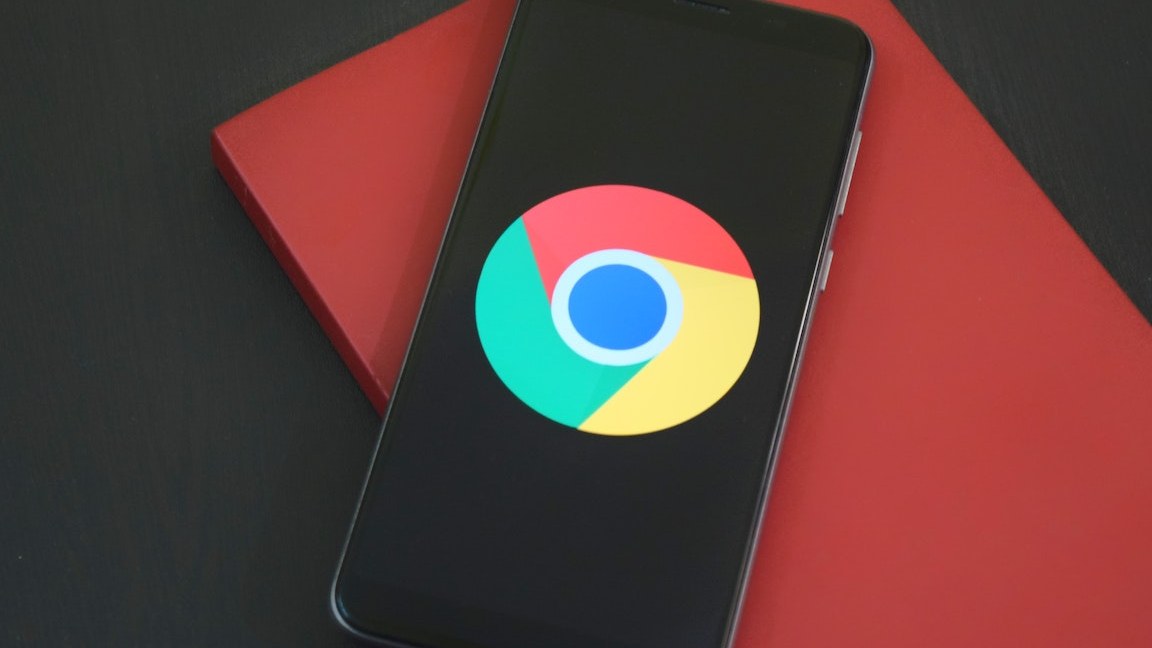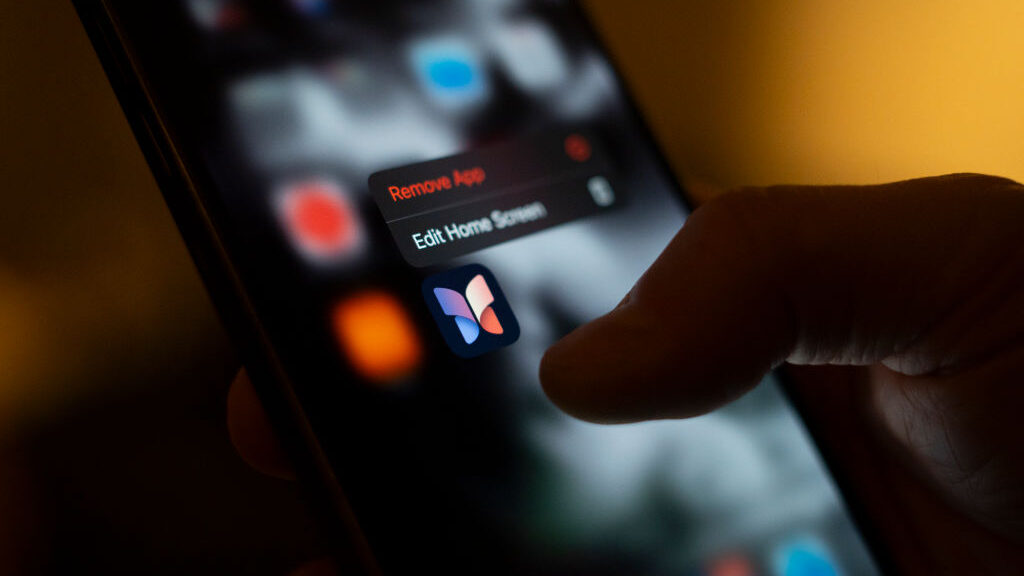Chrome is a safe browser but here’s how to make it safer
Oct 2, 2022, 5:00 AM

(Pexels Photo)
(Pexels Photo)
If I were a betting woman, I’d guess you use Google Chrome. It’s far and away the world’s most popular browser. It’s not my pick if you’re looking for the most privacy. Scan my list of browsers ranked by privacy.
After all, Google likely knows every website you visit, where you go, what you buy online, who you communicate with and much more. Tap or click here for eight ways Google invades your privacy.
That said, Chrome is a solid browser. There are ways to make it even better.
First things first
Before we get into settings, take the time to ensure Chrome is up to date. This happens automatically when you shut down and reopen the program, but it’s worth checking now and again.
● Open Chrome, then tap the three vertical dots to the right of your profile icon.
● From the drop-down menu, hover over Help and select About Google Chrome.
● If an update is available, it will start. Click Relaunch to finish.
1. Make your account harder to crack
Your Chrome profile is tied to your Google account. Two-step verification (or two-factor authentication) adds an extra layer of security to your account.
Once you set it up, you’ll sign into your Google account using two steps: something you know (your password) and something you have (like your phone). Remember, this is only necessary when you sign on with a new device.
Here’s how to set it up for Google:
● Go to myaccount.google.com.
● Select Security from the left panel.
● Under Signing in to Google, select 2-Step Verification, then Get started.
● Follow the on-screen steps.
2. Run Chrome’s Safety Check tool
Chrome’s Safety Check scans your account for compromised passwords and available updates. It also turns on Safe Browsing, a setting that identifies unsafe websites and notifies you of potential harm.
You can run a Safety Check at any time:
● Open Chrome, then tap the three vertical dots to the right of your profile icon.
● Select Settings > Privacy and security from the left panel.
● Under Safety Check, select Check now.
● Select the item and follow the on-screen instructions. Chrome will scan for updates, compromised passwords, harmful extensions, and more.
3. Extensions can put you at risk
Extensions let you add powerful features to your browser. Think coupon finders, grammar checkers, and screenshot tools. But not all extensions are helpful. Some track you across the internet, hog your bandwidth, or even infect your computer with malware.
It’s not just unknown downloads, either. Five extensions with 1.4 million downloads were recently spotted hiding malware. Tap or click for the list to see if you have one installed.
Not sure what is safe? Chrome assigns a “Featured” badge to extensions that follow Google’s “technical best practices and meet a high standard of user experience and design.”
It’s also helpful to search the web for phrases like, “Is (the extension you’re using) safe to use?”
Here’s how to remove an extension from Chrome:
● Open Chrome, then tap the three vertical dots to the right of your profile icon.
● Hover over More tools and select Extensions.
● Click Remove on the extension you want to remove, then click Remove again.
4. Enable HTTPS-First mode
Hypertext Transfer Protocol (HTTP) is used to load pages using hypertext links. Websites that use HTTP are not secure. That’s why you should stick to sites that start with HTTPS. (The extra “S” stands for secure.) This encrypts a website’s content.
Chrome’s HTTPS-First mode attempts to load all sites over HTTPS and displays a warning before visiting a site that doesn’t support it. Here’s how to enable it:
● Open Chrome, then tap the three vertical dots to the right of your profile icon.
● Select Settings > Privacy and Security, then Security.
● In the Advanced section, slide the toggle next to Always use secure connections to the right (on) to enable it.
5. Be careful with Incognito mode
No, Incognito Mode does not make everything you do private. It does have some uses, but let’s be clear. Incognito Mode doesn’t hide your activity from the websites you visit. You can still be tracked, your ISP can still see what you do, and your data can still be shared with third parties.
So, what does it do? When you surf the web incognito, your browser doesn’t save your browsing history, cookies, site data or information you enter in forms. However, it keeps any downloaded files or bookmarks created during the session.
There are a few things I think Incognito is especially good for: shopping, keeping embarrassing searches out of your history, and keeping home and work separate.
Tap or click for my tips for using Incognito to the best of its ability.
What digital lifestyle questions do you have? Call Kim’s national radio show and tap or click here to find it on your local radio station. You can listen to or watch The Kim Komando Show on your phone, tablet, television or computer. Or tap or click here for Kim’s free podcasts.









